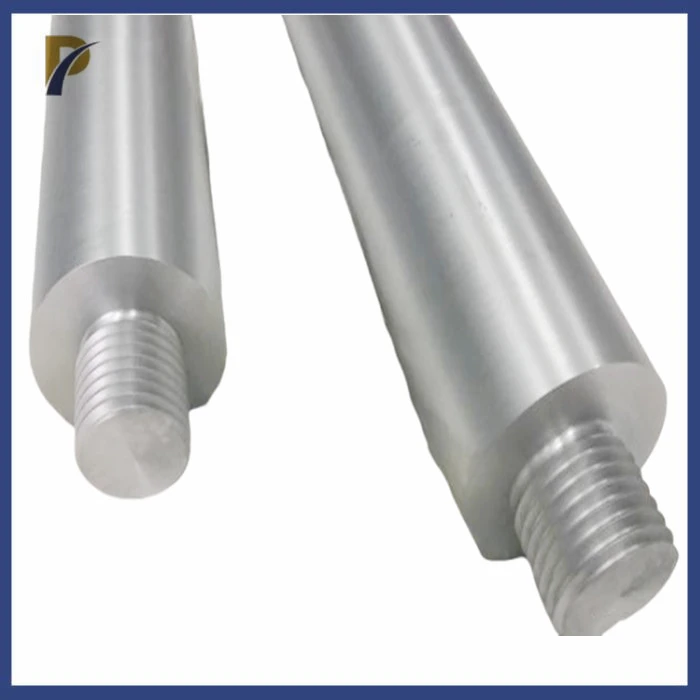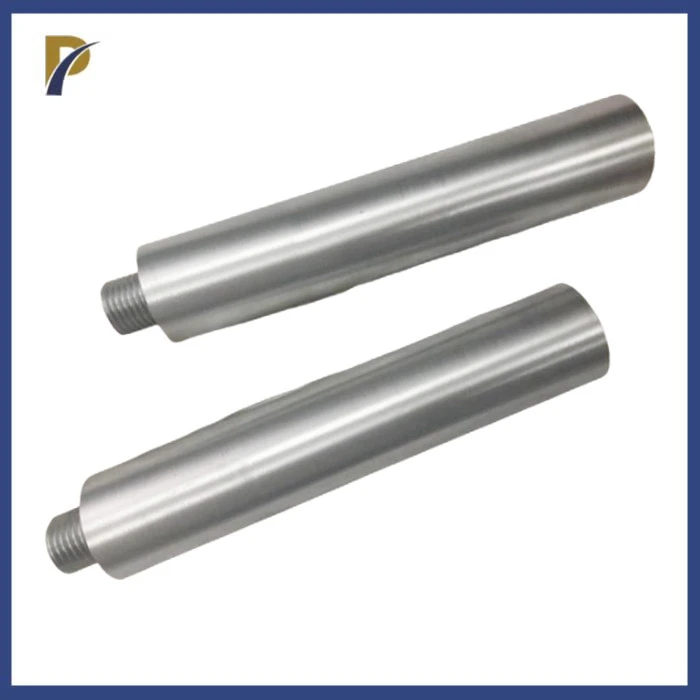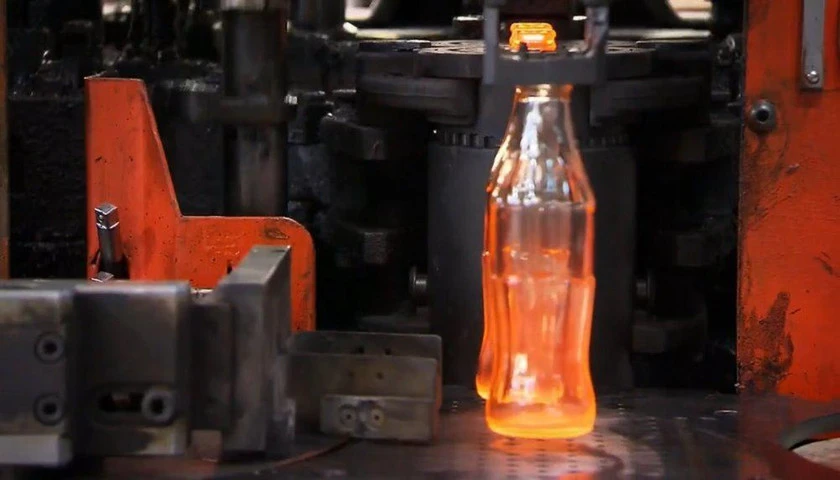Molybdenum electrodes play a crucial role in the glass manufacturing industry, particularly in electric glass melting furnaces. These electrodes are essential components that facilitate the melting process by conducting electricity through the molten glass. Proper maintenance and timely replacement of molybdenum electrodes for glass furnace are vital for ensuring optimal furnace performance, energy efficiency, and glass quality. In this comprehensive guide, we'll explore the intricacies of maintaining and replacing molybdenum electrodes in glass furnaces, providing valuable insights for glass manufacturers and industry professionals.
Understanding Molybdenum Electrodes in Glass Furnaces
Prior to digging into upkeep and substitution procedures, getting a handle on the fundamental aspects of molybdenum electrodes and their function in glass furnaces is significant.
The Role of Molybdenum Electrodes
Molybdenum electrodes act as conductors of electrical energy in glass liquefying furnaces. They are drenched in the molten glass bath, where they produce heat through electrical resistance. The high temperatures required for the melting process are maintained as this heat is transferred to the surrounding glass. The extraordinary properties of molybdenum, like its high dissolving point and astounding electrical conductivity, make it an optimal material for this application.
Properties of Molybdenum Electrodes
Molybdenum electrodes for glass furnace possess several key characteristics that contribute to their effectiveness in glass furnaces:
- High melting point (2,623°C or 4,753°F)
- Good electrical conductivity
- Low thermal expansion coefficient
- Resistant to corrosion in molten glass
- Able to withstand heat shock
These properties enable molybdenum electrodes to endure the harsh conditions within glass furnaces while maintaining their structural integrity and performance.
 |
 |
Types of Molybdenum Electrodes
There are various types of molybdenum electrodes used in glass furnaces, each designed for specific applications:
- Solid molybdenum electrodes
- Hollow molybdenum electrodes
- Copper-capped molybdenum electrodes
- Molybdenum alloy electrodes (e.g., molybdenum-lanthanum oxide)
The choice of electrode type depends on factors such as furnace design, glass composition, and operational requirements.
Maintaining Molybdenum Electrodes for Optimal Performance
Proper maintenance of molybdenum electrodes is essential for maximizing their lifespan and ensuring consistent furnace operation. Let's explore the key aspects of electrode maintenance.
Regular Inspection and Monitoring
Implementing a robust inspection and monitoring program is crucial for identifying potential issues before they escalate. This involves:
- Visual inspections of electrode surfaces for signs of wear, erosion, or oxidation
- Monitoring electrode resistance and voltage drop
- Tracking electrode consumption rates
- Assessing the overall furnace performance and energy efficiency
By conducting regular inspections and maintaining detailed records, operators can identify trends and anticipate when maintenance or replacement may be necessary.
Proper Handling and Storage
Molybdenum electrodes for glass furnace require careful handling and storage to prevent damage and contamination. Best practices include:
- Storing electrodes in a clean, dry environment
- Using protective packaging to prevent scratches or dents
- Avoiding contact with oils, greases, or other contaminants
- Implementing proper lifting and transportation procedures
Adhering to these guidelines helps maintain the integrity of the electrodes and prevents issues that could arise from improper handling.
Oxidation Prevention
Molybdenum electrodes are susceptible to oxidation, particularly at high temperatures. To mitigate this issue:
- Maintain an inert atmosphere in the furnace when possible
- Use protective coatings or sleeves on exposed portions of the electrodes
- Implement proper cooling systems to control electrode temperature
- Monitor and control oxygen levels in the furnace atmosphere
By minimizing oxidation, the lifespan and performance of molybdenum electrodes can be significantly improved.
Replacing Molybdenum Electrodes in Glass Furnaces
Despite proper maintenance, molybdenum electrodes will eventually require replacement. Understanding the replacement process is crucial for minimizing downtime and ensuring a smooth transition.
 |
 |
Determining the Right Time for Replacement
Knowing when to replace molybdenum electrodes for glass furnace is critical for maintaining furnace efficiency and preventing unexpected failures. Factors to consider include:
- Electrode wear rate and remaining thickness
- Changes in electrical resistance or voltage drop
- Visible signs of degradation or damage
- Impact on glass quality or furnace performance
- Historical data and manufacturer recommendations
By carefully evaluating these factors, operators can plan electrode replacements during scheduled maintenance periods, minimizing disruptions to production.
Preparation for Electrode Replacement
Proper preparation is essential for a successful electrode replacement. Key steps include:
- Procuring high-quality replacement electrodes from reputable suppliers
- Ensuring all necessary tools and equipment are available
- Developing a detailed replacement plan and timeline
- Training personnel on the replacement procedure
- Implementing safety protocols and protective measures
Thorough preparation helps streamline the replacement process and reduces the risk of complications.
Electrode Replacement Procedure
The specific steps for replacing molybdenum electrodes may vary depending on the furnace design and electrode configuration. However, the general procedure typically involves:
- Gradually reducing furnace temperature and power
- Draining or lowering the glass level as necessary
- Removing the old electrodes carefully to avoid damaging the furnace lining
- Inspecting the electrode holders and making any necessary repairs
- Installing the new electrodes, ensuring proper alignment and connection
- Gradually increasing furnace temperature and power
- Monitoring the new electrodes closely during the initial operating period
It's crucial to follow manufacturer guidelines and best practices throughout the replacement process to ensure optimal results.
Conclusion
Maintaining and replacing molybdenum electrodes for glass furnace is a critical aspect of glass manufacturing operations. By implementing proper maintenance practices, such as regular inspections, careful handling, and oxidation prevention measures, manufacturers can extend the lifespan of their electrodes and optimize furnace performance. When replacement becomes necessary, a well-planned and executed procedure ensures a smooth transition and minimal disruption to production.
Contact Us
For excellent molybdenum electrodes and master direction on their support and substitution, look no farther than Shaanxi Peakrise Metal Co., Ltd. With long periods of involvement with non-ferrous metal creation and a guarantee to greatness, we offer top-level items and administrations to meet the requesting needs of the glass fabricating industry. To dive more deeply into our molybdenum electrodes for glass furnaces or to examine your particular prerequisites, kindly reach us at info@peakrisemetal.com. Our group of specialists is prepared to help you in advancing your glass furnaces activities and accomplishing prevalent outcomes.
References
Smith, J.R. (2019). "Advances in Molybdenum Electrode Technology for Glass Melting Furnaces." Journal of Glass Technology, 45(3), 178-192.
Johnson, A.B., & Thompson, C.D. (2020). "Optimizing Electrode Performance in Electric Glass Melting." Glass International, 43(5), 22-26.
Lee, S.H., et al. (2018). "Corrosion Behavior of Molybdenum Electrodes in Various Glass Melts." Corrosion Science, 136, 261-273.
Brown, R.F. (2021). "Best Practices for Molybdenum Electrode Maintenance in Glass Furnaces." Glass Worldwide, 94, 54-58.
Garcia, M.L., & Rodriguez, P.A. (2017). "Electrode Replacement Strategies for Minimizing Downtime in Glass Melting Operations." International Journal of Glass Science and Technology, 8(2), 105-118.
Wilson, K.E. (2020). "The Future of Molybdenum Electrodes in Sustainable Glass Manufacturing." Green Glass Technology Review, 12(4), 201-215.
